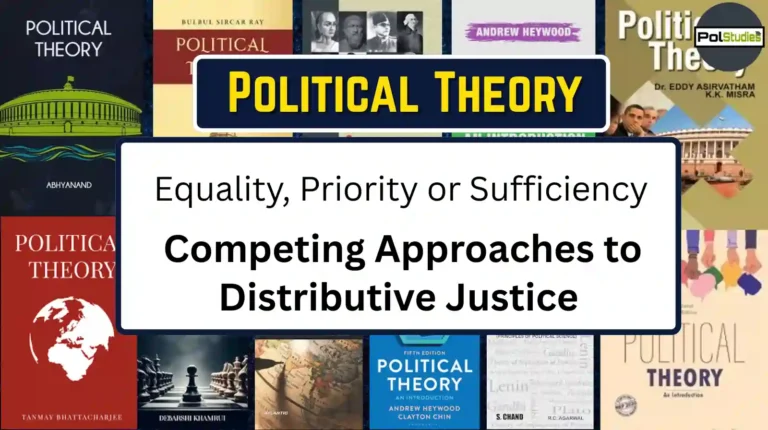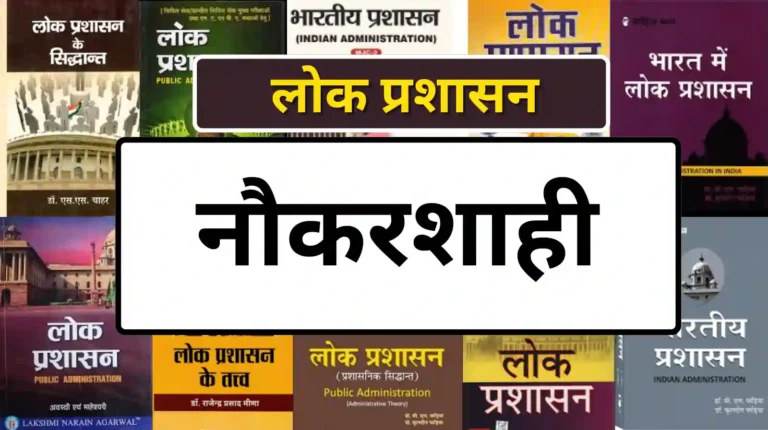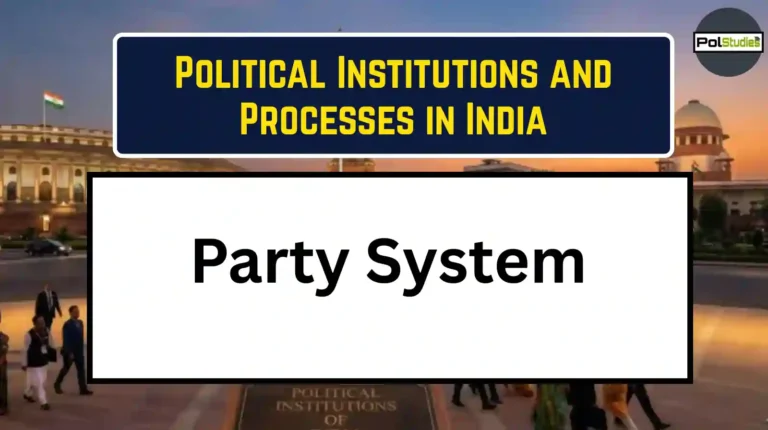Development planning And The Indian state | Partha Chatterjee
Introduction
Chatterjee in his book (state and polities in India) talks about the National Planning Commission (NPC). How successful it has been in the Indian context and to what extent it can fulfill its objectives and what were the reasons for its failure, full detailed information is available.
According to Chatterjee, it is a truism that the state has a central role in any program for planned economic development. Its role in planning has been no less problematic for some reason.
Planning for planning
In August 1937, the congress working committee at its meeting at Wardha moved a resolution to recommend a committee to consider the urgent and pressing problems of the Congress ministries.
The Left, including Jawaharlal Nehru and Subhash Chandra Bose, two stalwarts within the Congress at this time, sought to set aside this ideological debate, arguing that the whole question of Congress’s policy towards industry could be solved within the framework of an all-India industrial plan. which must be resolved within, which will be specifically asked to prepare this committee of experts.
February 1938, “Haripur Congress Session” announced that the National Plan, on the advice of a Planning Commission, would gradually adopt a comprehensive plan to socialize our agriculture and increase the scope of production and investment. I will adopt the industrial system.
First:- Planning appears in the form of determination of state policy, initially the economic policies of the provincial congress ministries but later Almost immediately after the framework of the composite of a coordinated and coherent set of policies of the nation-state was being conceived as a concrete idea.
Second:- Planning as an exercise in state policy already incorporated its specific element. Its constitution is a body of experts and its activities as a technical evaluation and scientific basis of alternative policies.
Third:- The appeal to an “Experts Committee” was in itself an important tool in resolving a political debate, much to the chagrin of the emerging state leadership of the Congress.
jc kumarappa:- brought the first session of the NPC to a deadlock by questioning his authority to discuss industrialization plans. On the national priority adopted by the Congress, he said that Nehru had intervened to restrict and end modern industrialism and declared that most of the members of the committee felt that large-scale uncertainty should be encouraged because it Did not come into conflict with “cottage industry”. Rather it emphasizes the changed political context in which the Congress was operating.
Beginning in the 1940s, planning assumed a constitutional institutional framework that would determine the physical allocation of production resources within the nation-state.
The rationality of the new state
The new state represented the only legitimate form of exercise of power as it was a necessary condition for the development of the nation. The contradiction stems from the way in which the ideology of development needed to be anchored to its historical mission as the principal vehicle of the state. Evolution implied a linear path directly toward a goal or a series of goals separated by stages.
It implied fixing priorities between long-term and short-term goals and conscious choice between alternative paths. In other words, it was thought of as a process affecting the entire society as far as / the development of the rational conscious and willed.
Hegel’s penetrating logic showed us that this universal rationality of the state could be expressed at two institutional levels.
- Bureaucracy as a universal class.
- and as the immediate presence of the state to the emperor.
The new state chose to retain, in an almost unaltered form, the basic structure of the civil service that had existed in the colonial period, including the civil service, police administration, codes of civil and criminal law, and the armed forces.
As far as the general executive functions of the state were concerned, the new state-operated within a framework of rational universalism whose principles were seen as inherent (even if they were erroneously applied) in the earlier state structure.
Planning, therefore, was an area of rational determination and pursuit of these universal goals. It was a bureaucratic function to be conducted at a level above the special interests of civil society, and was institutionalized as an area of policy execution outside the normal processes of institutional politics and through a developmental administration.
Planning and Implementing
Chakraborty has recently given us a summary of this experience within the theoretical limits of development planning. From these perspectives, the political process appears as a fixed and ongoing change process. When the question arises of the implementation of the plan. Chakraborty then discusses the problems of plan implementation considering the planning authorities as the central directing agency. Chakraborty explains the reason for the failure of development implementation across the country, saying that it occurs when:-
(a) Planning officials are unable to collect relevant information.
(b) when they have time to react to the fact that the underlying conditions have changed.
(c) The public agencies through which the schemes are to be implemented do not have the capacity to carry them out.
Chakraborty is primarily concerned with the flawed implementation that planners represent the rational consciousness of the state, and can generate knowledge of the objects of planning. In this sense, the so-called implementing agencies are also objects of planning, which do not represent the will of planning but determine capability.
According to Chakraborty, the plan cannot accurately estimate the capabilities of the implementing agencies. That may not be a good plan. Here the rationality of planning can be seen as a necessary self-deception to practice self-deception because without it it could not constitute itself.
Planning can advance economic development by constituting states as concrete embodiments of rational consciousness, and objects of planning only as objects of knowledge. This knowledge enables him to work on the total configuration of power, using the legal powers of the state to produce signals and influence the actions of its agents.
The state as a planning authority can promote the universal goal of development by establishing harmony among the discrete interrelated subjects of power in society. It turns all the subjects of power into a single body of knowledge.
The politics of planning 1
Chakraborty states that in the early 1950s when the planning process was introduced in India (commodity-oriented) There was consensus on the approach.
It is clear that in the beginning, the central emphasis of development was to be kept on accumulation but this was not all. Chakraborty also says that the specific context in which accumulation was planned in India had to be reconciled with legitimacy.
The adoption of a representative form of government based on universal suffrage affected the exercise of political power, and so the whole legacy of the national movement was determined with its economic objectives as a special feature.
Although this can be seen as being in line with the long-term objectives of capitalist accumulation, on the grounds that it facilitates the continuous reproduction of a suitably underdeveloped quality labor force. It can also be assumed that it was a political response to growing opposition movements and social conflict.
Even if industrialization was to take place, accumulation was the prime function of the state. Accumulation necessarily implied the exercise of the powers of the state, whether directly through its legal and administrative institutions or through acts of some kind.
According to Chakraborty, the development model first adopted in India was a variant of the “Lewis model”, in which the modern sector was broken down and the traditional sector had two important variations. It is believed that the modern sector divided itself into a capital goods and consumer tax sector and that the dominant role in the modern sector was for a development bureaucracy rather than capitalists.
Passive Revolution
Antonio Gramsci spoke of passive revolution, which lacked the social power to attack the old dominant class, to bring new people to power. They choose the path that meets the demands of a new society. In a reformist way legally in small doses in such a way that the political and economic positions of the old feudal classes are not destroyed, agrarian reform is avoided and in particular, the popular masses undergo a fivadamnenta political experience of socitransformation is prevented from
As a historical model, passive revolution is actually the general pattern of capitalist transition in societies where bourgeois hegemony has not been accomplished in a satrapy manner. In a passive revolution, the historical changes in the political relations of forces between capital, pre-capitalist dominant groups, and the popular masses can be viewed as a series of emergent conjunctive moments.
The project is a reorganization of the political system but it operates in two fundamental ways. On the one hand, it does not attempt to break or replace any constitutional framework of rational authority established in that period (colonial rule).
On the other hand, it also does not launch a full-scale attack on all capitalist dominant classes. Viewed in the context of the political logic of passive revolution, the strategy invoked was one of promoting industrialization without running the risk of agrarian political mobilization. This was an essential element of post-colonial state-building: combining accumulation with legitimacy while avoiding the unnecessary tyranny of social conflict.
The politics of planning 2
The strategy of the Passive Revolution aimed at controlling and accumulating the scattered power relations in society and controlling the class struggle within manageable dimensions. But conflicts certainly could not be avoided entirely and if there were conflicts between particular interests, interest-based mobilization was expected only within the political process of a requisite democracy.
The form of this strategy is that the state emphasizes that there is a conflict between special interests, and accepts an economic solution. Economic here means the allocation of each part which is in conformity with the overall constraints of the whole.
Thus a special interest, whether expended in terms of class, language, region, caste, tribe, or community, must be recognized and given a place within the general framework by assigning a priority and allocation relative to all other segments. needed. So on the one hand, we have an ongoing process of bargaining between the Union and the States over the distribution of revenue which is sought to be done in an orderly and rational manner by such statutory bodies as the Finance Commission.
On the other hand, we have many examples of demands for the creation of new states within the federal union and also problems with the distribution of resources between the center and the states.





